Anfield has undergone an incredible transformation under owners Fenway Sports Group, but with demand always surpassing the supply of tickets, is there a chance of further development?
When FSG took over the club in 2010, Anfield’s capacity was 45,362 and plans to relocate were mooted before they pushed forward with remaining at Anfield.
The Main Stand was the first to go under serious redevelopment, adding 9,000 seats in 2016 before the Anfield Road Stand underwent an incredible makeover to take capacity to 61,000.
It has made Liverpool’s spiritual home unrecognisable from the one FSG inherited, but are there any further possibilities of development at the ground in the future?
Focus inside rather than outside
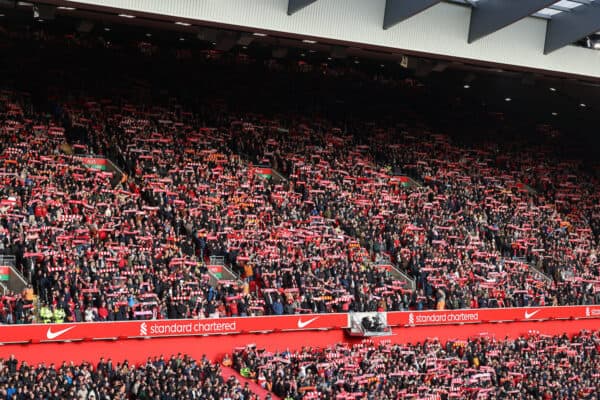

Expanding Anfield further is problematic, to say the least. The Sir Kenny Dalglish Stand and the Kop run parallel to housing and a main road and shops, respectively, leaving no space to build.
It would have a significant impact on the existing community around the stadium if they were to even think about making significant changes, which is unlikely, to say the very least.
Instead, focus is likely to shift to other parts of the existing stadium, as an FSG chief previously noted.
“We’ll see what ancillary development might be possible,” Sam Kennedy, chief executive officer of FSG, said at a conference in 2022.
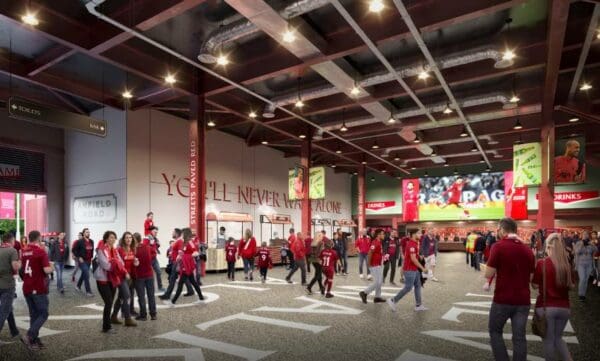

“As residential as Fenway is, Fenway is zoned for entertainment, hospitality, retail and other types of activities. Anfield is a residential neighbourhood, so we have to be mindful of that and respectful of that.
“You’ll probably see us focus more inside than outside in the future.”
The Kop Bar in the Kop is one such example, replacing the old club shop, as well as plans for an ‘underground fan zone’ in the new Anfield Road Stand.
More hospitality lounges, improved concourses and new public foot and cycle paths are also inclusive of this type of localised development.
Development could see reduction in capacity
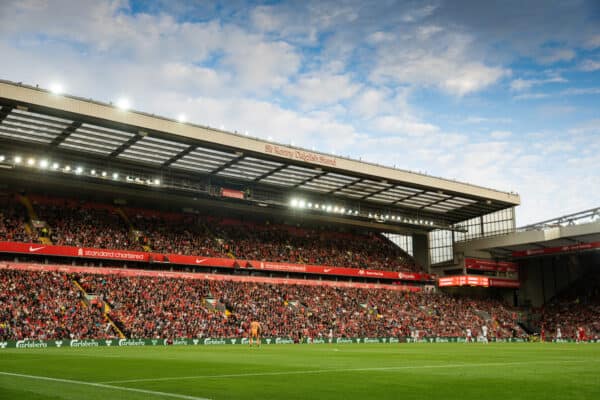

If another stand was to be subject to development, it would likely be the Sir Kenny Dalglish Stand, which is the oldest in the ground, has the tightest legroom and the fewest facilities for supporters.
It is not in the works, but a report in 2023 claimed “FSG will look to improve the Sir Kenny Dalglish Stand, which has a current capacity of 12,000.
“If they do — and no final decision has been made — then reconfiguring the areas in the lower tier to give fans more room would actually see capacity drop.”
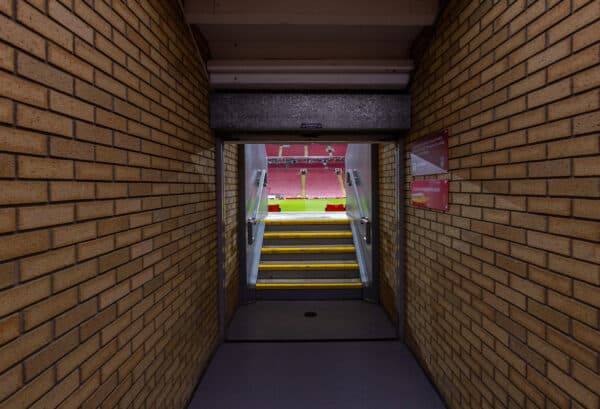

The report was from Alex Miller in the Mail on Sunday, a reporter who has been well briefed on stadium matters throughout FSG’s tenure.
This would not give supporters an increase in seats they would be looking for, but it would update a stand that is over 30 years old, offering modern facilities and wider internal concourses.
It would be fantastical to hope for a renovation like the Main Stand or Anfield Road End, but it just is not possible as there are fully occupied homes directly behind the stand on Skerries Road.
Council plans
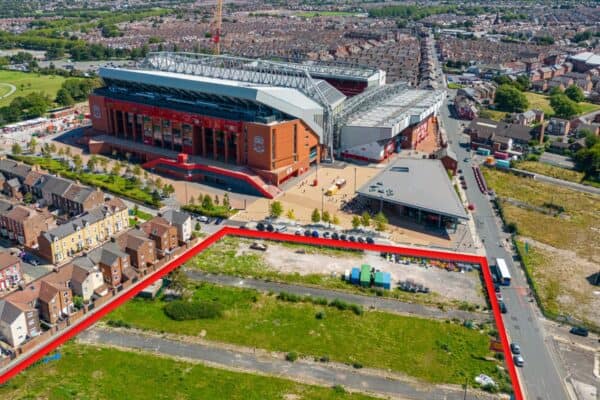

Space is limited in the immediate vicinity around the ground, as we’ve noted, which does not allow FSG to pursue a vast development on existing land.
It is something they previously pursued with the Boston Red Sox and their famous home, Fenway Park.
However, Liverpool Council is pushing on with further regeneration in the surrounding area, including plans for a £4 million scheme to upgrade the main road leading to the stadium.
The focus is on “creating a greener and safer experience for residents and visitors,” with “a visually more appealing and healthier public street scene” a priority.
The Anfield Square, the land opposite the club shop on Walton Breck Road (pictured above), will not be a hotel, and the council are seeking a “new development that is rooted and focused on community inclusion” – updates are expected this summer.
Although Anfield may not undergo significant changes, as seen with the Main Stand and the Anfield Road End, there is still plenty of development possible internally and in the surrounding areas.











